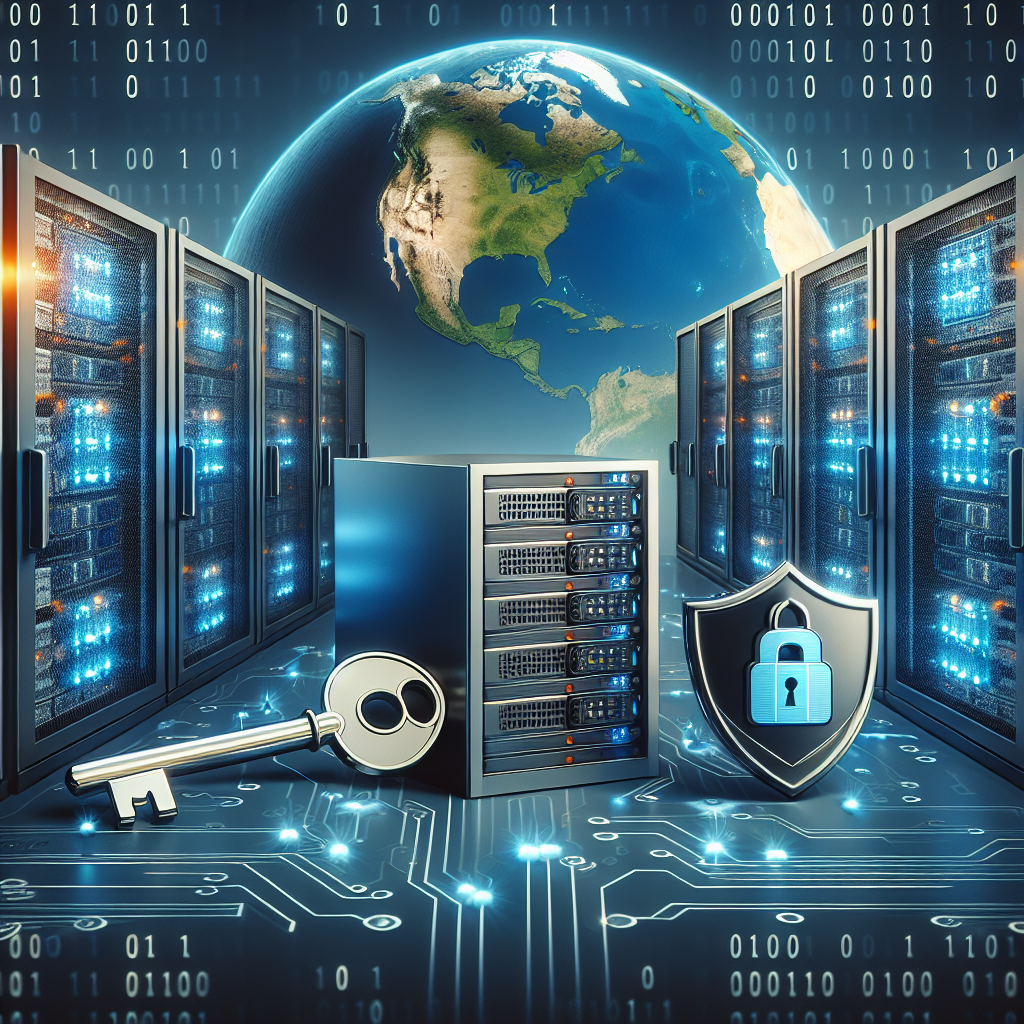NAS Security: Protecting Your Data in the Digital Age
In today’s digital age, the amount of data being generated and stored is constantly increasing. With the rise of cloud storage and network-attached storage (NAS) devices, it has become easier than ever to access and share data. However, with this convenience comes the risk of data breaches and cyber attacks.
NAS devices are a popular choice for individuals and businesses looking to store and access large amounts of data. These devices are essentially servers that are connected to a network and provide storage space for multiple users. While NAS devices offer many benefits, such as scalability and easy access to data, they also present security risks that need to be addressed.
One of the main security risks associated with NAS devices is unauthorized access. If a hacker gains access to a NAS device, they could potentially steal sensitive data, upload malware, or even delete important files. To protect against unauthorized access, it is essential to set strong passwords, regularly update the firmware, and enable encryption on the device.
Another security risk to consider is data loss. NAS devices are not immune to hardware failures or natural disasters, which could result in the loss of data stored on the device. To protect against data loss, it is important to regularly back up data to an external storage device or cloud service. Additionally, implementing a RAID (redundant array of independent disks) configuration on the NAS device can help protect against data loss in the event of a disk failure.
In addition to unauthorized access and data loss, NAS devices are also vulnerable to malware and ransomware attacks. Malware can infect a NAS device through phishing emails, malicious websites, or unsecured network connections. Once infected, the malware could encrypt files, steal data, or disrupt the normal operation of the device. To protect against malware attacks, it is important to install antivirus software on the NAS device and regularly scan for any suspicious activity.
Overall, protecting your data on a NAS device requires a multi-layered approach to security. This includes setting strong passwords, regularly updating firmware, enabling encryption, backing up data, implementing RAID configurations, and installing antivirus software. By taking these steps, you can help protect your data in the digital age and prevent unauthorized access, data loss, and malware attacks.


